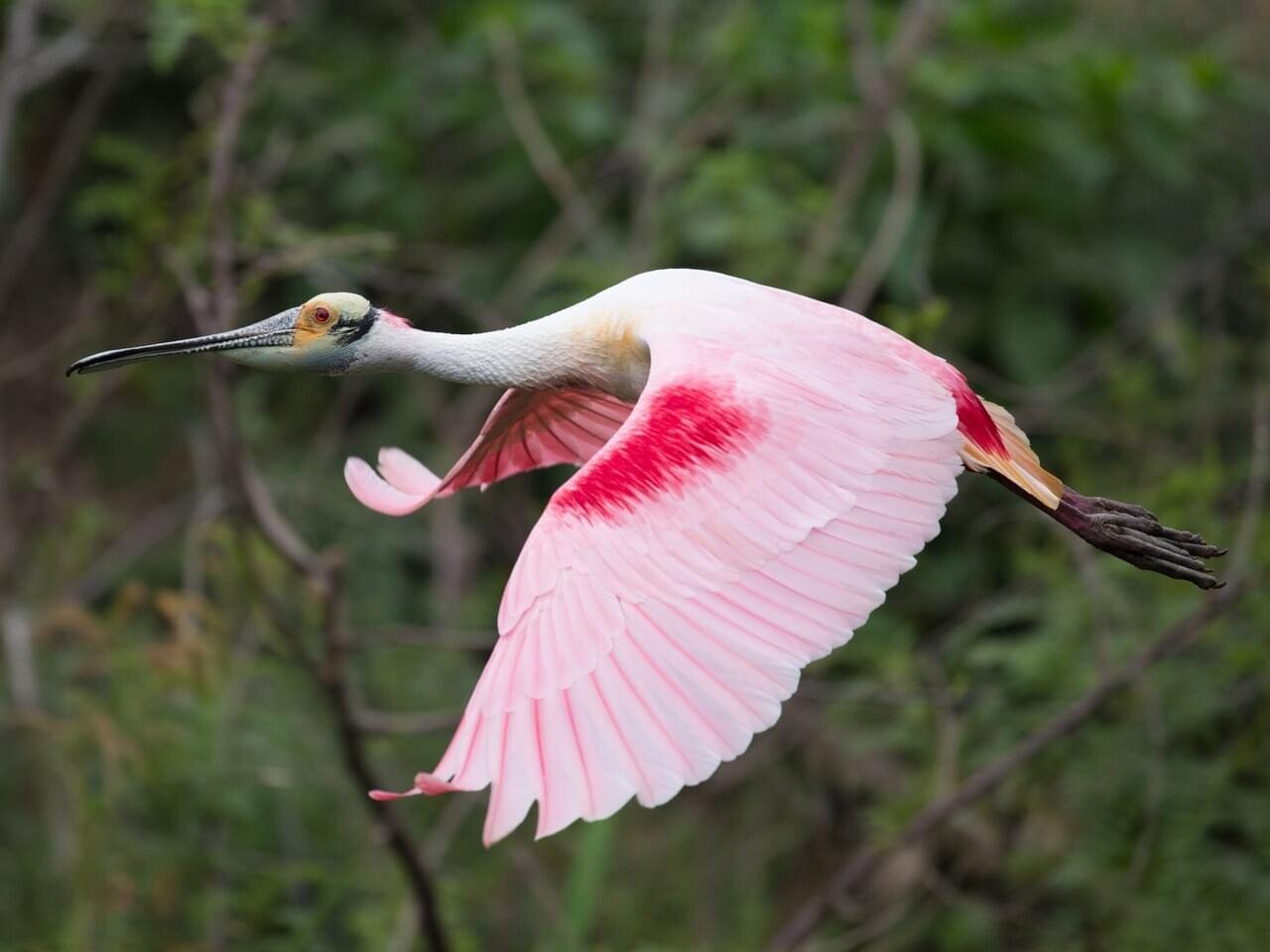Avoid Bugs in your Birdseed
In late summer one may experience a fairly common issue with stored birdseed; the Indian meal moth. The Indian meal moth is a little brown moth that can hatch inside a container of seed whether it is stored inside or out. They will feed on the seed and reproduce in the container, generally creating a messy situation. You may also see Indian meal moths flying around where dry dog and cat food are sold.
Indian meal moth, or pantry moth.
Indian meal moth larvae.
Here are few tips to help you avoid these troublesome moths:
Buy quantities of seed you will use quickly, preferably, within a month. Keep in mind this time of year birdfeeding is slowing down from its torrid pace of spring and early summer. In fact, mid-September to the end of October is the slowest time of year at birdfeeders.
Never store the remainder of a bag of seed with the intention of using it again a few months later. When you open that bag you will likely be met by lots of moths, or you will see their eggs which appear as a webby kind of substance mixed among the seed.
Use up what you have in your container before adding new seed.
If you discover mealmoths in a small bag of seed you can put it in the freezer for a few hours or overnight. This will effectively kill off the moths and the eggs. If you discover the eggs or larvae of the mealmoth there is no need to throw away the seed, just go ahead and use the rest. The webby material is not harmful to the birds. In fact, the eggs would just be a source of protein. After using the remainder of the seed in the container, give it a good rinse to ensure all eggs were removed. We usually stock Indian mealmoth traps but they have been difficult to get lately. These traps are usually available in hardware stores, too.
Remember this is only a problem in the latter part of summer and early fall. Once the new crop is harvested and begins to be distributed in November the issue will go away until next August-September.
Unknown Cause of Bird Deaths Update
As many of you know there were many bird deaths documented in several states in mainly the Mid-Atlantic and Midwest. The main symptom was swollen, crusted-over eyes in fledglings of blue jays, robins, grackles, and a few other species.
The good news is, according to the most recent update from the Cornell Wildlife Health Lab, it seems this bird mortality event is beginning to subside without significant impact to bird populations overall. After extensive testing several diseases and pathogens were ruled out but it is still unknown what the cause of the outbreak actually was.
One theory that was considered early on but was dismissed then re-considered is connected to the periodical cicadas of Brood X that emerged this year. Because the documentation of sick and dead birds overlays with the timeframe and geographic distribution of the cicadas it seems likely there’s a connection. It could be some natural illness caused by ingesting cicadas or possibly secondary effects of pesticides that people sprayed on the cicadas. It’s important to note, however, that this cicada connection is still just speculation. Remember, pesticides do not just kill insects.
As always, we cannot stress enough to regularly clean feeders and baths to provide the best environment possible for the birds. It is a small price to pay for the enjoyment they give us.



